Typically, I eat oatmeal most winter days and muesli most summer days. At home I’ll eat rolled oats and when backpacking I’ll switch to quick oats or instant oats. My own preference is plain oats with raisins as a sweetener.
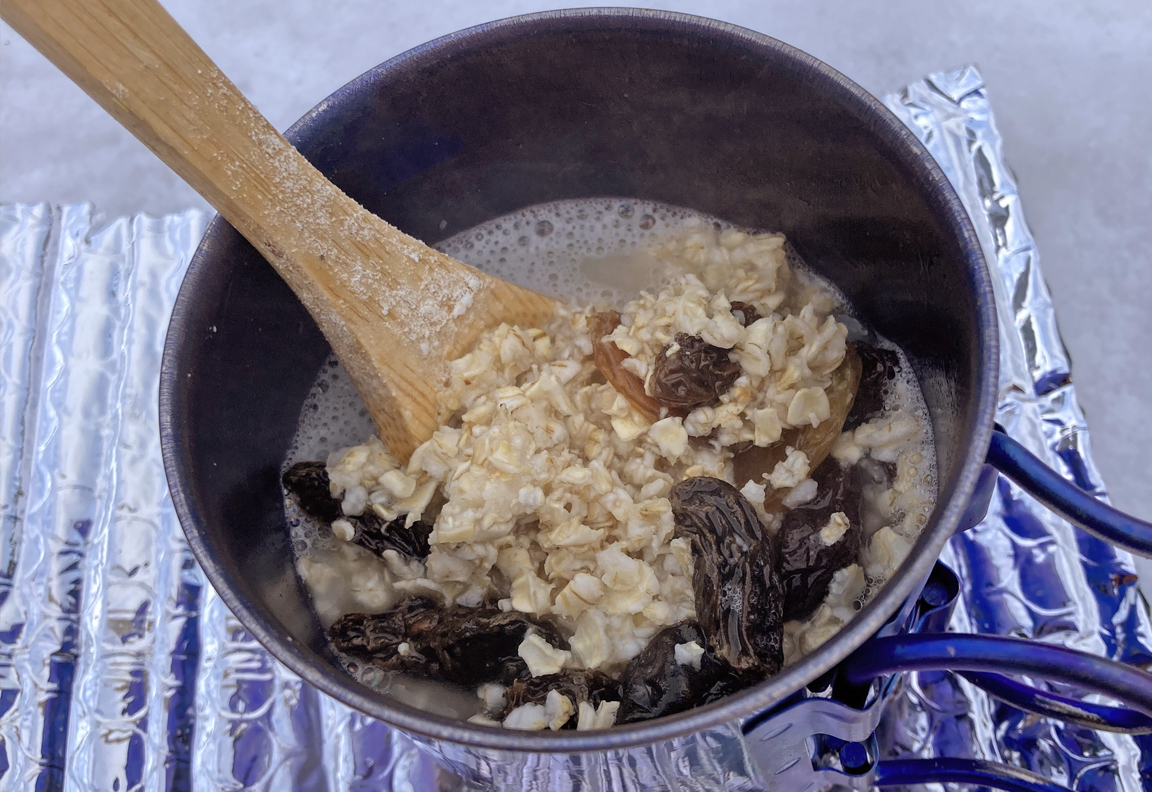

Typically, I eat oatmeal most winter days and muesli most summer days. At home I’ll eat rolled oats and when backpacking I’ll switch to quick oats or instant oats. My own preference is plain oats with raisins as a sweetener.
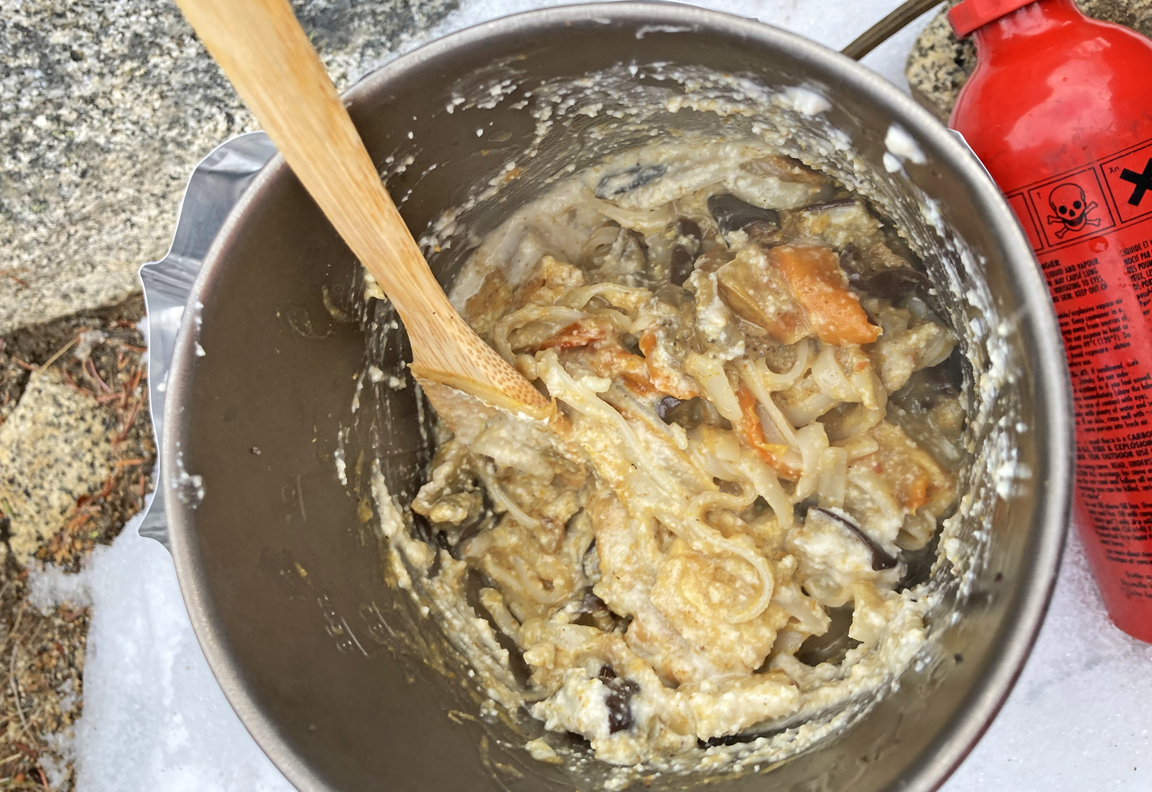
This is one of my favorites. Although it has a creamy sause it is not soupy enough to reheat easily so in cold weather it will go cold quickly. It works best in temperatures above freezing, more in the 40–50ºF range.
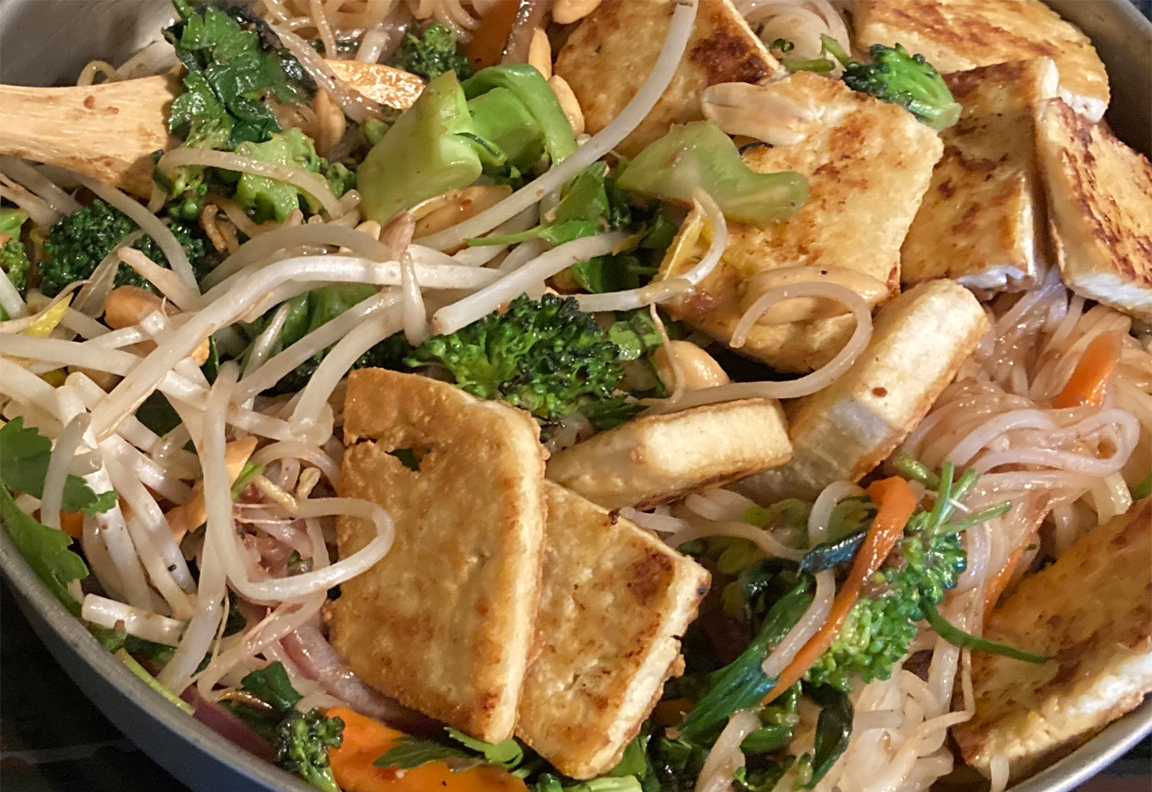
Chewy, crunchy, sweet and tangy, all in one quick meal. Pad Thai is one of the most popular dishes in Thailand and everywhere it is found. Works best in temperatures above 30ºF.

This is the dish I make more often than any other on winter trips, especially when the temperatures get near or below 15ºF. It is both delicious and practical. The ingredients are situated in a soupy broth, making it easy to reheat if necessary without any risk of the food burning or sticking to the pan. This dish is ideal for winter backpacking because it is hot, tasty, and helps you rehydrate after a hard hike. Phö is a Vietnamese meal popular in the Pacific Northwest. It can be prepared with different ingredients. It usually consists of a savory broth; noodles; fresh vegetables; herbs and sprouts, tofu, peanuts, or some type of meat; and finished with Chili crisp or Sriracha and/or Hoisin sauce.
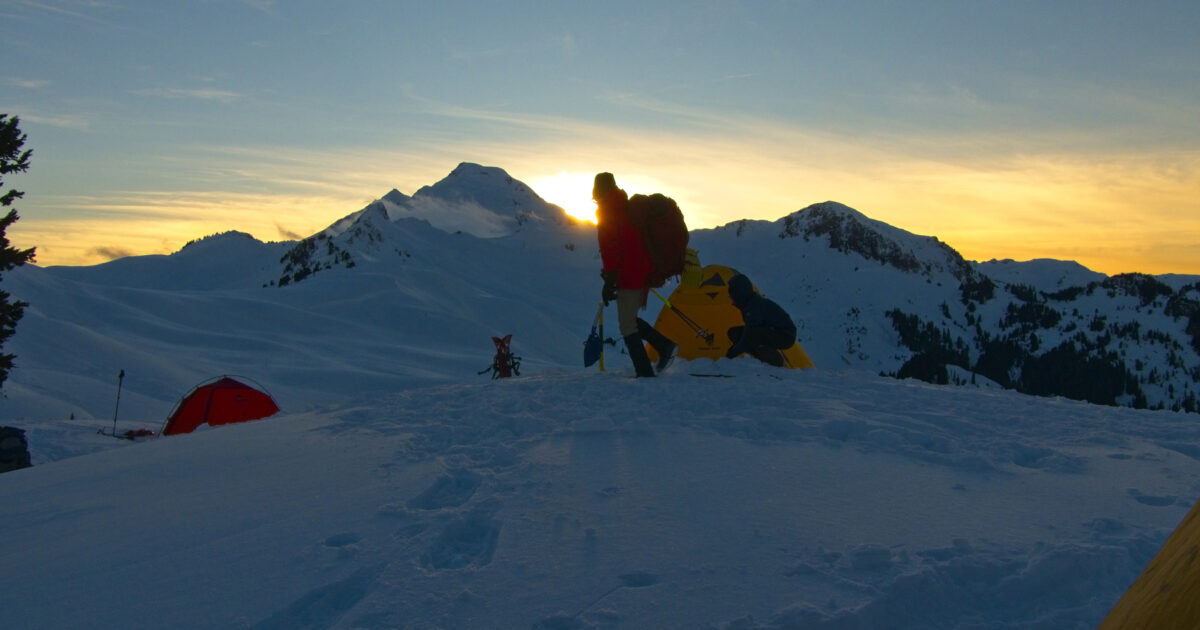
Knowing how to layer clothing will determine whether you are comfortable or uncomfortable in winter conditions. But be aware that the information here is for winter conditions of the Pacific Northwest, which are comparatively mild—meaning conditions between 0–45º F on average in elevations between 1000–7000 ft and winds that are mostly 0–25 mph and rarely up to gale force. You will likely need more insulation in colder regions, which is why in many places people are traveling on skis pulling heavier gear on a pulk, rather than backpacking in snowshoes. In Pacific Northwest, it is not difficult to backpack in winter with a 25–35 lb backpack. The mountainous terrain here would make pulling a pulk nearly impossible. Nevertheless, some of the basic techniques described in this short introduction to layering may be useful in other destinations.

Some mountain climbers use vapor-barrier socks to keep double-layered boots dry. These boots have a warm removable inner liner and a plastic outer shell. The plaster outer shell keeps out moisture, but because the boots don’t breathe, perspiration soaks the socks and liner which can then freeze. Vapor barrier (VB) sock are used to prevent this problem. The VB socks hold in the moisture to keep the boot dry.
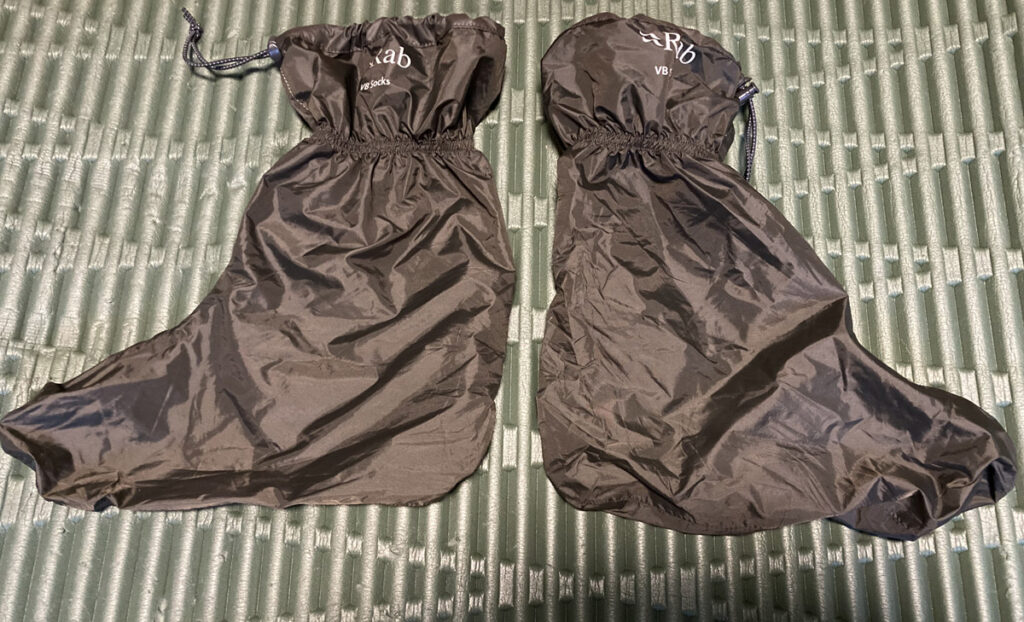
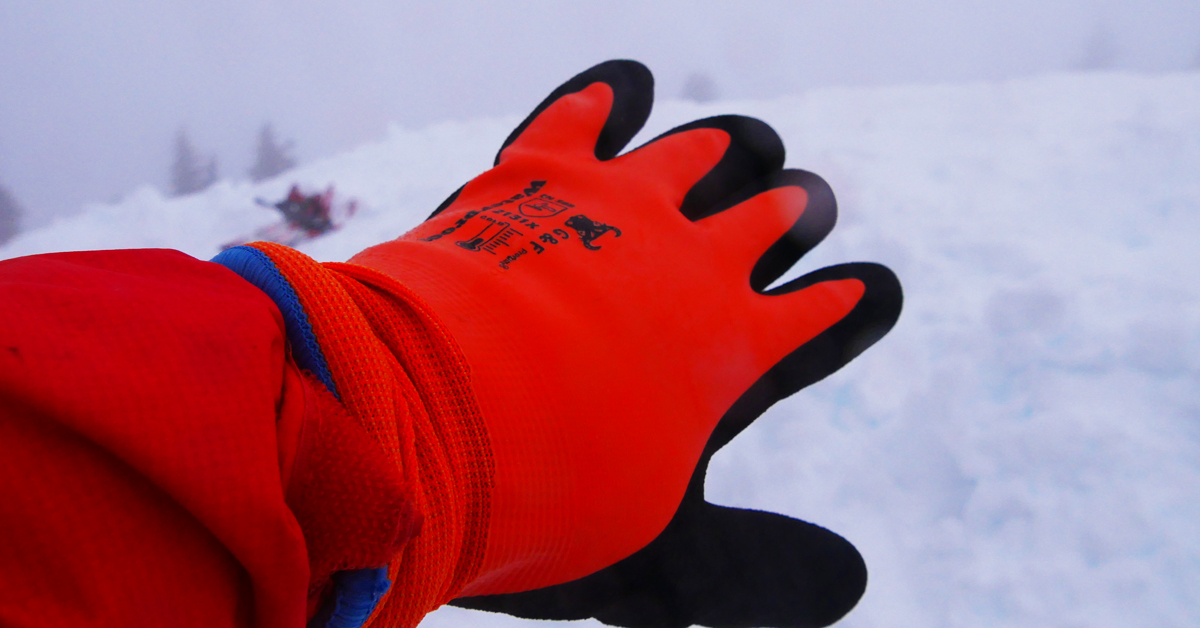
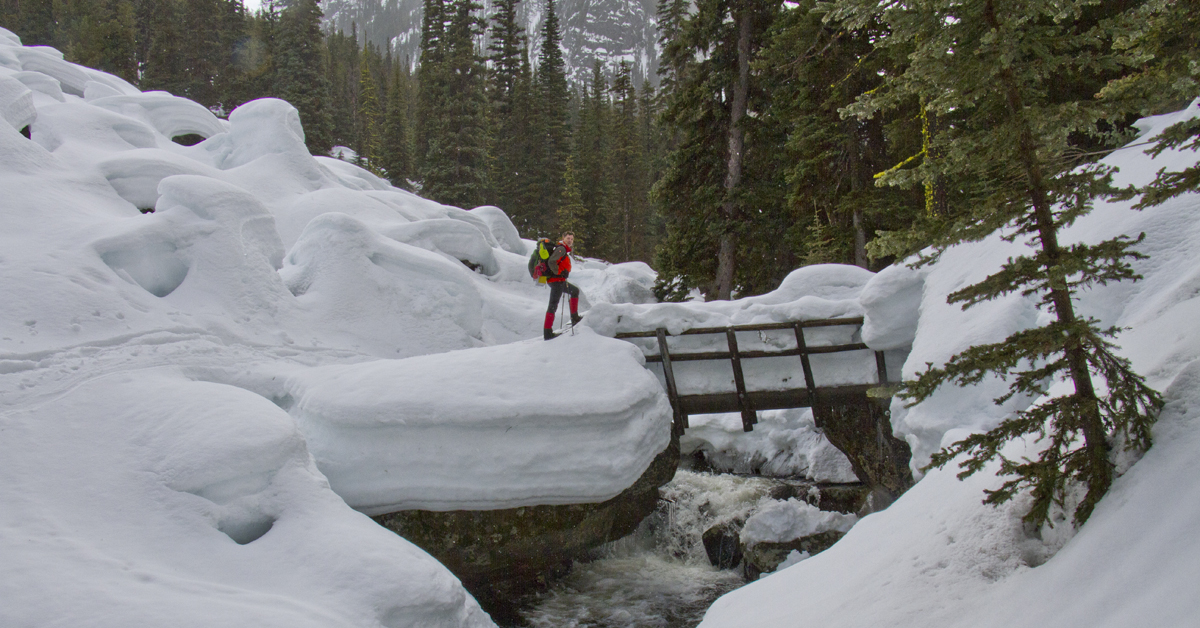
There are a lot of reasons to reduce pack weight, such as comfort, safety, speed, and pack durability. Studies have indicated that hikers with lighter backpacks are more likely to complete long journey goals and with fewer injuries. With a lighter backpack, you can more easily avoid back injuries as well as injuries from losing your balance. Many backpacks are only rated for 30–40 lbs carrying capacity, so the further you can reduce the weight, the less likely there will be a pack failure.
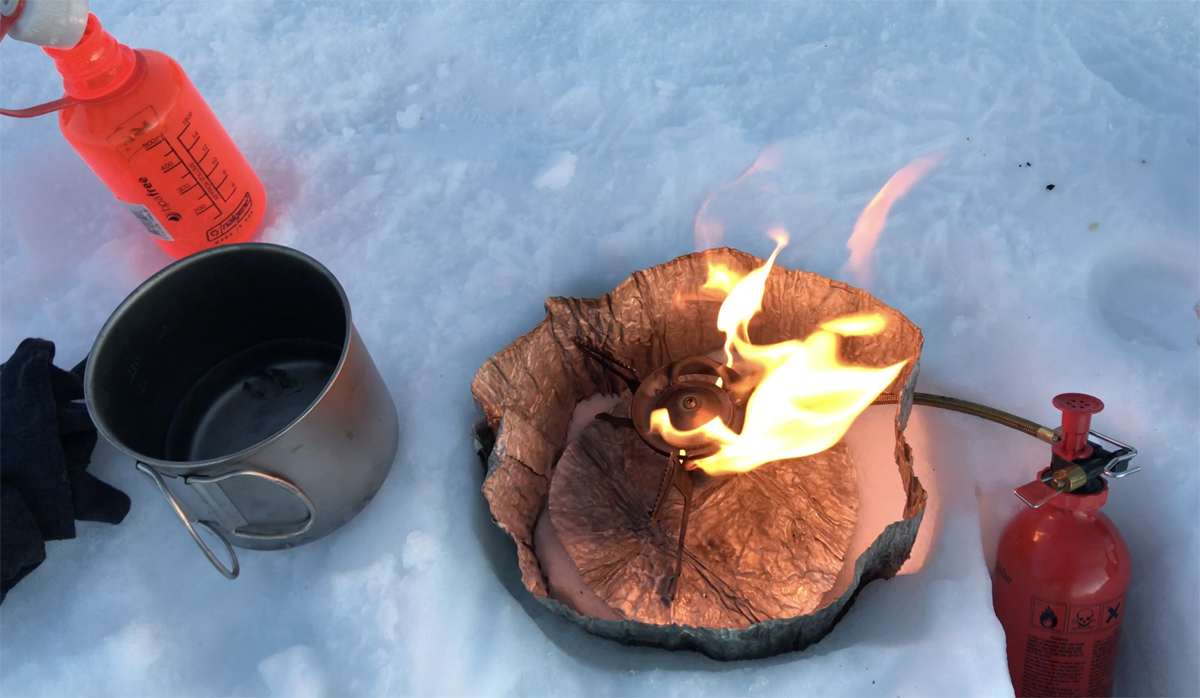
When I started out backpacking as a teenager, my first “stove” was a series of home-made paraffin burners (cardboard rolled into empty food cans and covered in wax). Eventually, I acquired an Optimus Svea stove which I really enjoyed. It sounded like a jet plane, but it worked well and was reliable. The simplicity of the design makes the Svea perhaps the most reliable liquid fuel backpacking stove. I eventually gave it away, but later in life when I returned to backpacking I decided on an MSR Whisperlite International, which is also a liquid fuel stove and the one that I still use.
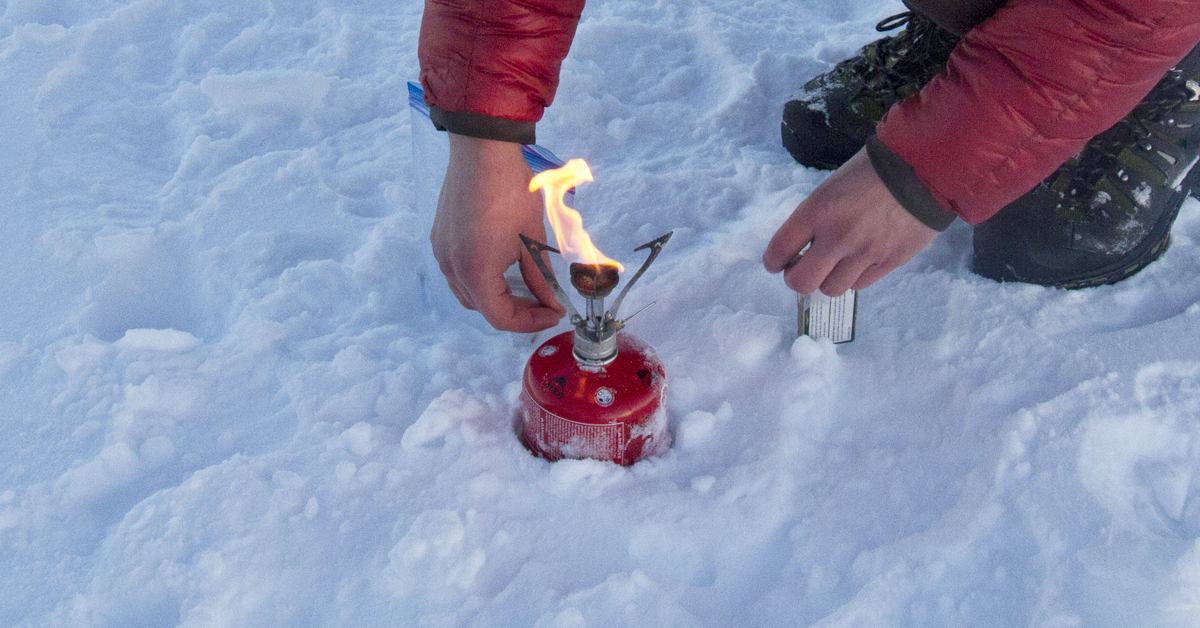
Many backpackers have been using canister stoves for years with no problems. But once they venture into winter conditions, canister stoves can lose pressure, underperform, and fail. But how cold does it have to get to experience these problems? I’m going to explore that question as well as what to look for in canister stove systems for the best performance in cold weather. For the pros and cons of liquid fuel stoves see Why Use a Liquid Fuel Stove?